| Chronology of Styles in New York Architecture | |
| The Seventeenth Century: | |
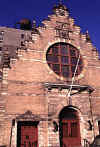 |
17th Century Colonial Term applies to both colonial Dutch and English architecture. |
| The Eighteenth Century: | |
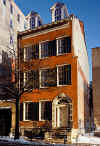 |
Georgian (1714-1776) English-inspired colonial architecture. Marked by a greater concern for style and higher standards of comfort. Fairly homogeneous in both New England and Southern colonies. |
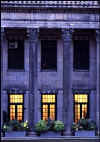 |
Neoclassicism (c.1780-1820) There are several variations: Federalist: Especially common in New England; a traditionalist approach to classicism, heavily influenced by English models. Charles Bulfinch, Samuel MacIntyre. Idealist: An intellectual and moral approach to classicism, at first linked to Roman models. Symbolic and associational values stressed. Best example: Thomas Jefferson. Rationalist: Emphasized structure and classical building techniques, such as stone vaulting and domes. Benjamin Latrobe. |
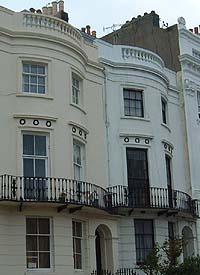 |
Notes on the English Regency style. |
| The Nineteenth Century: | |
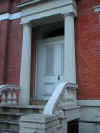 |
The period is characterized by Romantic revivals and eclecticism. Greek Revival (1818-1850) The first truly national style in the United States. Strong associational values. Permeated all levels of building. |
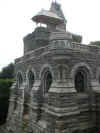 |
Gothic Revival (c. 1820-1860) Strong associational values of religion and nature. Found in both ecclesiastical and residential architecture. A wide range of archaeological accuracy, from Richard Upjohn's urban churches to "Carpenter's Gothic" cottages. |
|
The "Corporate Style" (c.1800-1900) Practical architecture for engineering and commercial purposes; especially early factories. In its time thought to be a "style-less style." |
|
|
Egyptian Revival (1820-1850) Used primarily for memorials, cemetaries, prisons, and later, warehouses. |
|
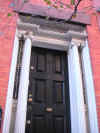 |
Neo-Georgian/ neo-Federal |
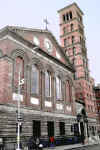 |
Italianate, or Italian Villa Mode (1840-1860) A residential style used by A.J. Downing and others; a Renaissance revival. |
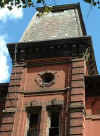 |
Second Empire Baroque (1860-1880) French origin; used for public and residential architecture. |
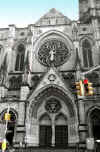 |
High Victorian Gothic (1860-1880) English origin; used for ecclesiastical, public, and residential architecture. |
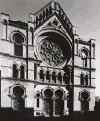 |
Romanesque Revival/ Stick and/or Shingle Style/Queen Anne (1879-1900) |
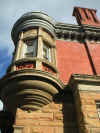 |
Arts and Crafts Used for residential architecture. |
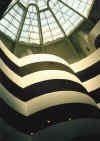 |
Expressionism an organic form with a motif of streamlining which was to become so important in Western industrial design. |
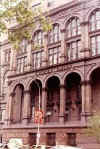 |
Rundbogenstil (German round-arched neo-Romanesque) |
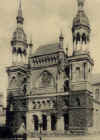 |
Moorish Revival Popular for synagogues. |
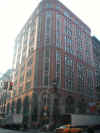 |
Chicago School (1885-1915) Commercial architecture; skyscrapers. |
 |
Classical Revival (1885-1920) Also called Academic Classicism, or Beaux-Arts Classicism. Related revivals: Renaissance Revival, French Renaissance, Flemish. |
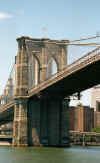 |
Gothic (Collegiate Gothic) (1885-1930) |
|
THE TWENTIETH CENTURY Traditional styles continue; Modernism arises. |
|
|
Prairie School (1893-1920) Frank Lloyd Wright and his followers. |
|
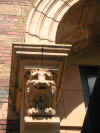 |
Spanish Revival (1920-1930) |
|
Wrightian, or Organic Architecture (1920-1959) F.L. Wright's later style. |
|
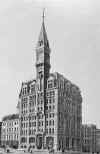 |
Historicist Skyscrapers (1900-1940) |
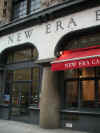 |
Art Nouveau |
 |
Neo-Gothic. (1905-1930) |
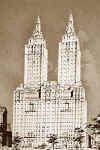 |
Setback Style Skyscrapers (1920-1950) Also called Wedding Cake style. |
 |
Art Deco (1925-1940) Also called Art Moderne, Streamlined Modern. |
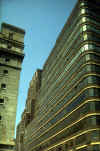 |
International Style: International Style I (Early Modern) (1929-1940) International Style II (1945-1970) |
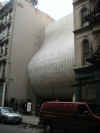 |
Formalism (1957-present) A renewed interest in monumental qualities and an interest in form for expressive purposes. Eero Saarinen. |
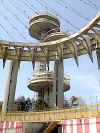 |
Futurist (1955-present) usually marked by striking shapes, clean lines, and advanced materials. |
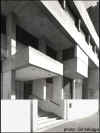 |
Brutalism (1957-present) Style inspired by LeCorbusier's late works; characterized by the use of rough-cast concrete and massive forms. |
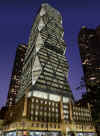 |
Structural Expressionism. Also called "high-tech modernism",(1975 to the present) |
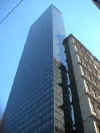 |
Late Modern (International Style III) (1970-present) Philip Johnson (before his conversion to Post-Modernism) and I.M. Pei, among others. |
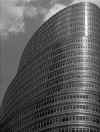 |
Post-Modernism (1964-present) |
| THE TWENTIETH-FIRST CENTURY | |
| Blobitecture | |
| Deconstructivism | |
| Neomodern architecture | |
| Crafted Modernism | |
| Contemporary Neo-classical | |